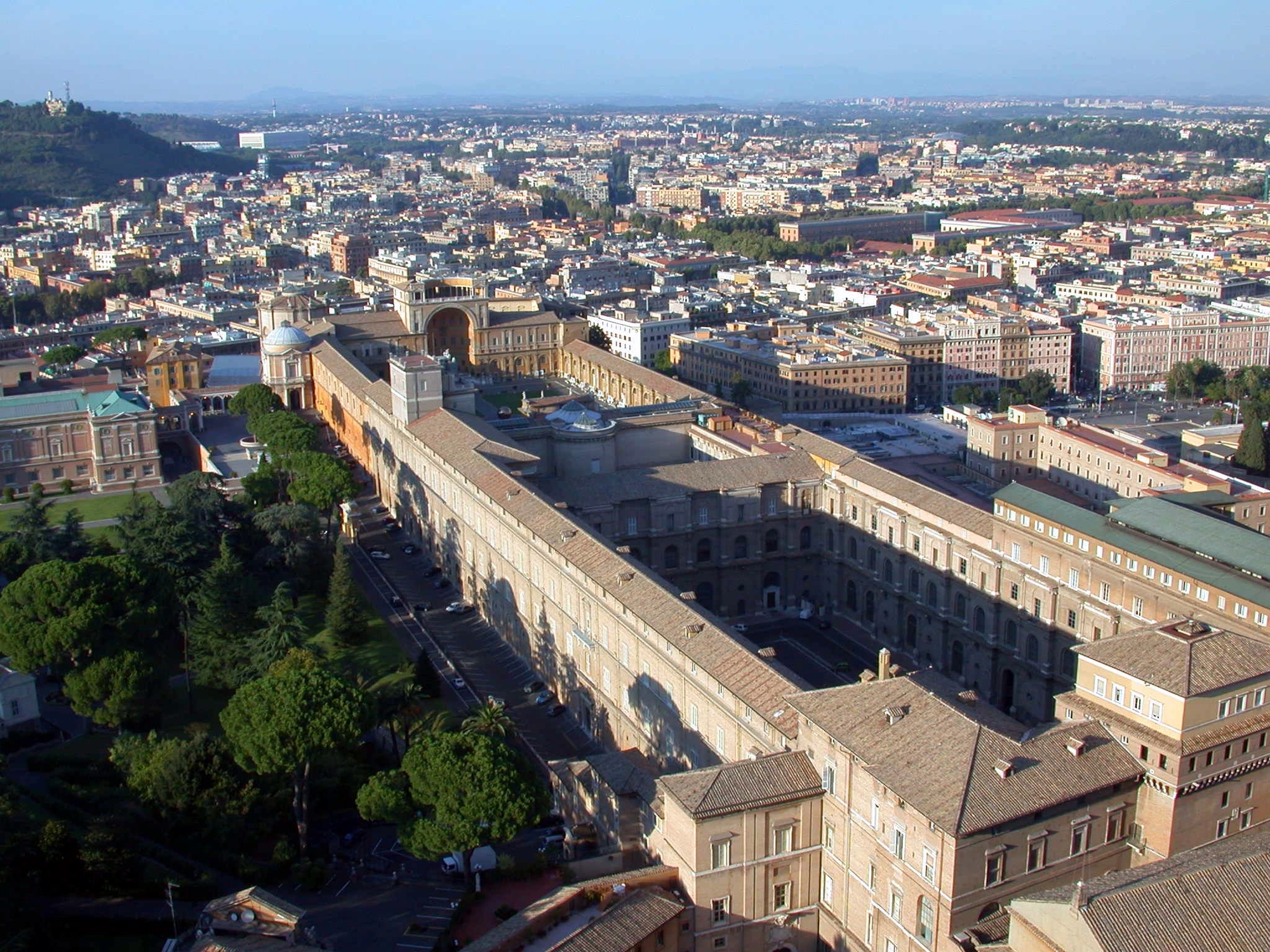More about Vatican Museums
Works at Vatican Museums

Sr. Contributor
The Vatican Museums is a collection of twelve museums neighboring the Apostolic Palace and Sistine Chapel which together combine to 54 galleries of artwork.
The Vatican Museums are housed in a series of rooms and pavilions originally built for the pope’s use. The first proper collection of art held in these rooms featured various ancient sculptures that Pope Julius II compiled during his papacy in the early 1500s. Following popes added to Julius II’s collection as the fascination with ancient art and architecture continued throughout the Renaissance. This obsession soon got out of hand, and by the 18th century, the popes were uncontrollable hoarders. In 1769, Pope Clement XIV inherited the overflowing rooms of artifacts his predecessors had accumulated and initiated an elaborate renovation project to organize the thousands of pieces of classical art into something worth seeing. The additions made by Pope Clement XIV and by his successors Pope Pius VI and Pope Pius VII included the Pio Clementino Museum and the Chiaramonti Museum, which are the focal points of the Vatican Museums to this day.
What started as Pope Julius II’s private grouping of a couple Roman sculptures is now a massive museum complex that is longer than 450 football fields combined and houses over 72,000 art objects in its permanent collection. With that many artworks in that large a space there is bound to be something for everyone. For animal lovers there is the museums’ “stone zoo”, a multi-room gallery filled with ancient sculptures of all types of critters. Car aficionados will find enjoyment in the Carriages Pavillion where Popemobiles used throughout the centuries are showcased. If you’re more a fan of painting, the Pinacoteca houses artworks by Italian Renaissance headliners Giotto, Leonardo da Vinci, and Raphael. And if Italian art bores you, there are mummies, headdresses, masks, and suits of armour displayed in the numerous galleries of global art.
But, if you’re looking for artisanal penises, you might want to go to the Capitoline Museums instead. During the Counter Reformation the papacy initiated a mass censorship project eliminating every exposed penis in the Vatican’s collection. Every ancient sculpture whose manhood was still intact gained a carefully placed fig leaf and any painting with nudity, including Michelagelo’s The Last Judgement, was painted over to make the atmosphere more holy.
Even with the lack of penises, over six million people visit the Vatican Museums each year. That number would be higher if it weren’t for all the visitors who were refused entry based on their outfits. The Vatican Museums has an extremely strict dress code and is known for kicking people out if they are showing too much skin or have unseemly tattoos. Speaking from experience, being told by a guard that your exposed shoulders are unacceptable is more offensive than it sounds. Nonetheless, all you can do is swallow your pride, buy an overpriced shawl from one of the hundreds of salesmen lining the streets, and try again. Trust me, the treasures of the Vatican Museums are worth it.
Sources
- “Carriage Pavilion,” Musei Vaticani. Accessed November 11, 2020. http://www.museivaticani.va/content/museivaticani/en/collezioni/musei/p….
- “Ethnological Museum Anima Mundi,” Musei Vaticani. Accessed November 11, 2020. http://www.museivaticani.va/content/museivaticani/en/collezioni/musei/m….
- “Fig Leaf Campaign,” Museum Secrets. Kensington Communications. Accessed November 11, 2020. https://www.museumsecrets.tv/dossier.php?o=95.
- “Hall of Animals,” Musei Vaticani. Accessed November 11, 2020. http://www.museivaticani.va/content/museivaticani/en/collezioni/musei/m….
- Modes, Walter, ed. Museum of the Vatican. Rome: Vatican Papal Palaces, 1910.
- “Useful Advice,” Musei Vaticani. Accessed November 11, 2020. http://www.museivaticani.va/content/museivaticani/en/visita-i-musei/con….
- “Vatican Museums,” Portmobility Civitavecchia. Portmobility S.p.a. Accessed November 11, 2020. https://civitavecchia.portmobility.it/en/vatican-museums.
- “Vatican Museums,” Rome Museum. TuscanyAll.com srl. Accessed November 11, 2020. https://www.rome-museum.com/vatican-museum.php.
Featured Content
Here is what Wikipedia says about Vatican Museums
| Part of a series on the |
| Vatican Museums |
|---|
 |

The Vatican Museums (Italian: Musei Vaticani; Latin: Musea Vaticana) are the public museums of the Vatican City. They display works from the immense collection amassed by the Catholic Church and the papacy throughout the centuries, including several of the best-known Roman sculptures and most important masterpieces of Renaissance art in the world. The museums contain roughly 70,000 works, of which 20,000 are on display, and currently employ 640 people who work in 40 different administrative, scholarly, and restoration departments.
Pope Julius II founded the museums in the early 16th century. The Sistine Chapel, with its ceiling and altar wall decorated by Michelangelo, and the Stanze di Raffaello (decorated by Raphael) are on the visitor route through the Vatican Museums, considered among the most canonical and distinctive works of Western and European art.
In 2024, the Vatican Museums were visited by 6.8 million people. They ranked second in the list of most-visited art museums and museums in the world after the Louvre.
There are 24 galleries, or rooms, in total, with the Sistine Chapel, notably, being the last room visited within the Museum.
Check out the full Wikipedia article about Vatican Museums












